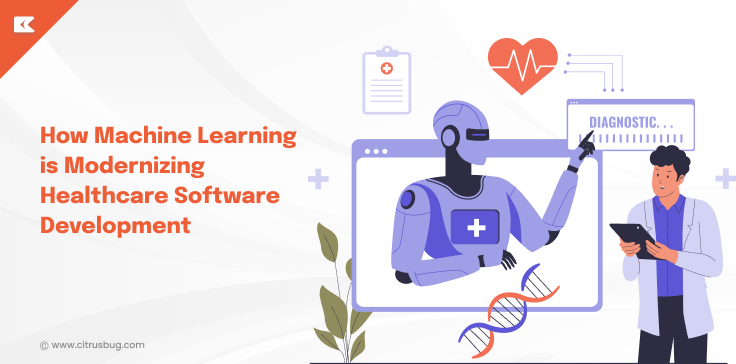Top MLOps Tools and Platforms for 2025: Best Picks & Insights
- August 5, 2024
-
3047 Views
- by Ishan Vyas
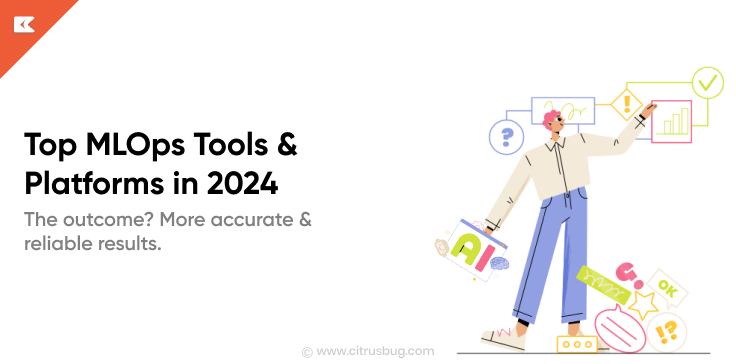
Introduction
Given the ongoing revolution of industries by machine learning (ML), efficient management of its complex lifecycle has become crucial. This is where MLOps plays a significant role.
In 2025, MLOps is rapidly evolving. Anyone working with machine learning models in production environments knows the struggle of smooth integration and management.
In this guide we’ll explore the top MLOps tools and platforms, explaining their key functionalities in clear terms. More importantly, we’ll discuss how these tools can benefit your organization specifically. Consider this your roadmap to a streamlined and efficient ML workflow.
MLOps Landscape in 2025
MLOps refers to the practices and tools that helps in streamlining the deployment, management, and monitoring of machine learning models. It helps in smooth transitions from development to production, efficient model updates, and robust performance in real-world scenarios. Think of it as the operational backbone for ML systems!
The MLOps market has been growing rapidly worldwide. In 2022, it was valued at $1.19 billion. Experts predict that this growth will continue, with an impressive 39.7% annual growth rate expected from 2023 to 2030. The COVID-19 pandemic has played a role in driving this expansion, as industries increasingly seek AI and machine learning solutions.
One striking feature of MLOps in 2025 is the alignment of closed and open solutions. While open-source MLOps tools provide flexibility and community support for business processes, closed source surrendered user support and improved security.
Thus, MLOps platforms and tools improve the way models are developed, maintained, and deployed.
Besides this, MLOps helps companies using machine learning get things done faster. It improves the reliability of these models and makes them work smoothly as the business grows.
MLOps also breaks down barriers between different teams working on these projects and keeps everything organized, saving time and money.
Top MLOps Tools and Platforms in 2025
AWS SageMaker
Overview: AWS SageMaker is a machine learning platform that provides tools for training, building, and deploying ML models and that too at scale.
Key Features:
- Integrated Jupyter notebooks for data preparation and experimentation.
- Built-in algorithms and support for custom model development.
- SageMaker Studio for end-to-end workflow management.
- Automatic model tuning and optimization.
Use Cases:
- Predictive maintenance in manufacturing.
- Personalized recommendations in e-commerce.
Google AI Platform
Overview: Google AI Platform offers tools and services to streamline the entire ML lifecycle.
Key Features:
- AutoML for automated model training and tuning.
- TensorFlow Extended (TFX) for production ML pipelines.
- Vertex AI for end-to-end ML operations.
- Built-in support for BigQuery and other Google Cloud services.
Use Cases:
- Fraud detection in finance.
- Image recognition in healthcare.
Azure ML
Overview: Azure ML provides a platform for developing, deploying, and managing ML models along with integration into the Microsoft ecosystem.
Key Features:
- Drag-and-drop interface for building ML workflows.
- Automated ML for quick model development.
- Azure DevOps integration for CI/CD.
- Comprehensive monitoring and diagnostics tools.
Use Cases:
- Predictive analytics in retail.
- Analysis of how many customers leave their services in telecommunications.
MLflow
Overview: MLflow is like a helpful assistant for managing the entire lifecycle of machine learning (ML) models.
Key Features:
- Experiment tracking to log and compare model runs.
- MLflow Projects to package code in a reusable format.
- MLflow Models to manage model deployment.
- MLflow Registry for versioning and governance.
Use Cases:
- Experimentation and model management in research.
- Deployment in multi-cloud environments.
Kubeflow
Overview: Kubeflow is an open-source project that simplifies and scales the deployment of machine learning workflows on Kubernetes.
Key Features:
- Pipelines for orchestrating ML workflows.
- KFServing for model serving on Kubernetes.
- Notebooks for interactive development.
- Hyperparameter tuning with Katib.
Use Cases:
- Large-scale ML training in cloud environments.
- End-to-end ML operations in hybrid cloud settings.
Databricks
Overview: Databricks provides a unified analytics platform that integrates data engineering, data science, and machine learning.
Key Features:
- Unified data analytics with Delta Lake.
- Collaborative notebooks for team-based development.
- AutoML for automated model building.
- Scalable compute with Apache Spark integration.
Use Cases:
- Data lakehouse implementations.
- Real-time analytics and ML applications.
DataRobot
Overview: DataRobot offers a platform that automates machine learning. It makes it easier to create and deploy models.
Key Features:
- Automated model development and selection.
- Feature engineering and preprocessing automation.
- Model deployment and monitoring.
- Integration with various data sources and platforms.
Use Cases:
- Predictive maintenance in manufacturing.
- Customer analytics in retail.
Seldon
Overview: Seldon focuses on deploying, scaling, and monitoring machine learning models in Kubernetes environments.
Key Features:
- Seldon Core for deploying ML models on Kubernetes.
- Alibi for model interpretability and monitoring.
- Integration with popular ML frameworks.
- Scalable and flexible deployment options.
Use Cases:
- Real-time prediction services.
- Scalable ML model deployments in cloud-native environments.
Key Features of Top MLOps Tools and Platforms
Automation and CI/CD Integration
Imagine building a machine that learns on its own, but instead of spending all your time monitoring it, you have robots doing the grunt work. That’s what automation and CI/CD are for MLOps.
By automating all the repetitive tasks, like cleaning data, training the model, and putting it out there, your team frees up a ton of time. CI/CD, like a super-efficient assembly line, keeps things constantly moving, automatically putting out new and improved versions of your machine learning project with minimal pauses. This means faster updates and less time waiting around for things to work.
Key Aspects:
- Automated Pipelines: Streamlining data ingestion, feature engineering, and model training processes.
- Continuous Integration: Automatically testing and validating models with new data.
- Continuous Deployment: Seamlessly deploying updated models into production environments.
Scalability and Flexibility
Scalability and flexibility are super important when dealing with the ever-expanding data volumes and complex AI/ML models.The best MLOps tools offer sturdy infrastructure that can grow both horizontally (more machines) and vertically (more power per machine).This means they can handle big datasets and heavy-duty computations without breaking a sweat!
Key Aspects:
- Elastic Compute Resources: Dynamically allocating computing resources based on workload requirements.
- Distributed Training: Leveraging multiple GPUs or TPUs to accelerate model training.
- Hybrid and Multi-Cloud Support: Flexibility to deploy models across various cloud providers or on-premises infrastructure.
Collaboration and Workflow Management
Getting everyone on the same page is important for any data science project. Imagine data scientists stirring models, engineers struggling to understand them, and stakeholders unaware about progress. Not ideal! MLOps tools are like a project management dream come true. They help everyone communicate clearly, track changes easily, and keep the project on schedule. This way, the whole team feels involved, and informed, and works together seamlessly.
Key Aspects:
- Version Control: Tracking changes to datasets, code, and models.
- Collaborative Notebooks: Shared development environments for team collaboration.
- Project Management Tools: Integrating with task management and communication platforms.
Model Monitoring and Management
Model monitoring and management are important for maintaining the performance and reliability of ML models in production. MLOps tools provide capabilities for detecting anomalies, monitoring model behavior, and managing model lifecycles.
Key Aspects:
- Performance Metrics: Tracking accuracy, latency, and other KPIs.
- Anomaly Detection: Identifying and addressing unexpected model behavior.
- Lifecycle Management: Handling model versioning, rollback, and retirement.
Conclusion
By exploring these tools and picking the ones that fit their specific needs, companies can build a strong MLOps system. This system is like a supercharger for their machine learning efforts, making everything run smoother and faster. The outcome? More accurate and reliable results.
To accelerate your ML journey, consider partnering with experts in MLOps development services. Specialized services are like having expert guides to help you construct a strong pipeline that fits your business objectives.
When you tap into this expertise, you can streamline your machine learning (ML) workflow, boost your model’s performance and speed up the deployment process.





 SaaS Development
SaaS Development Web Application Development
Web Application Development Mobile Application Development
Mobile Application Development Custom Software Development
Custom Software Development Cloud Development
Cloud Development DevOps Development
DevOps Development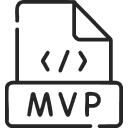 MVP Development
MVP Development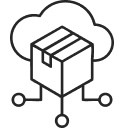 Digital Product Development
Digital Product Development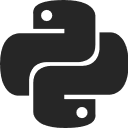 Hire Python Developers
Hire Python Developers Hire Django Developers
Hire Django Developers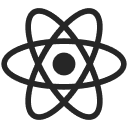 Hire ReactJS Developers
Hire ReactJS Developers Hire AngularJS Developers
Hire AngularJS Developers Hire VueJS Developers
Hire VueJS Developers Hire Full Stack Developers
Hire Full Stack Developers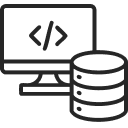 Hire Back End Developers
Hire Back End Developers Hire Front End Developers
Hire Front End Developers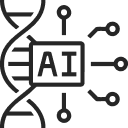 AI Healthcare Software Development & Consulting
AI Healthcare Software Development & Consulting Healthcare App Development
Healthcare App Development EHR Software Development
EHR Software Development Healthcare AI Chatbot Development
Healthcare AI Chatbot Development Telemedicine App Development Company
Telemedicine App Development Company Medical Billing Software Development
Medical Billing Software Development Fitness App Development
Fitness App Development RPM Software Development
RPM Software Development Medicine Delivery App Development
Medicine Delivery App Development Medical Device Software Development
Medical Device Software Development Patient Engagement Software Solutions
Patient Engagement Software Solutions Mental Health App Development
Mental Health App Development Healthcare IT Consulting
Healthcare IT Consulting Healthcare CRM Software Development
Healthcare CRM Software Development Healthcare IT Managed Services
Healthcare IT Managed Services Healthcare Software Testing services
Healthcare Software Testing services Medical Practice Management Software
Medical Practice Management Software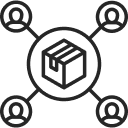 Outsourcing Healthcare IT Services
Outsourcing Healthcare IT Services IoT Solutions for Healthcare
IoT Solutions for Healthcare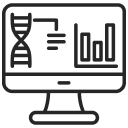 Medical Image Analysis Software Development Services
Medical Image Analysis Software Development Services Lending Software Development Services
Lending Software Development Services Payment Gateway Software Development
Payment Gateway Software Development Accounting Software Development
Accounting Software Development AI-Driven Banking App Development
AI-Driven Banking App Development Supply Chain Management Software Development
Supply Chain Management Software Development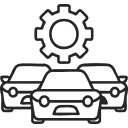 Fleet Management Software Development
Fleet Management Software Development Warehouse Management Software Development
Warehouse Management Software Development LMS Development
LMS Development Education App Development
Education App Development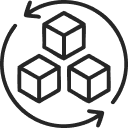 Inventory Management Software Development
Inventory Management Software Development Property Management Software Development
Property Management Software Development Real Estate CRM Software Development
Real Estate CRM Software Development Real Estate Document Management Software
Real Estate Document Management Software Construction App Development
Construction App Development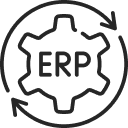 Construction ERP Software Development
Construction ERP Software Development






